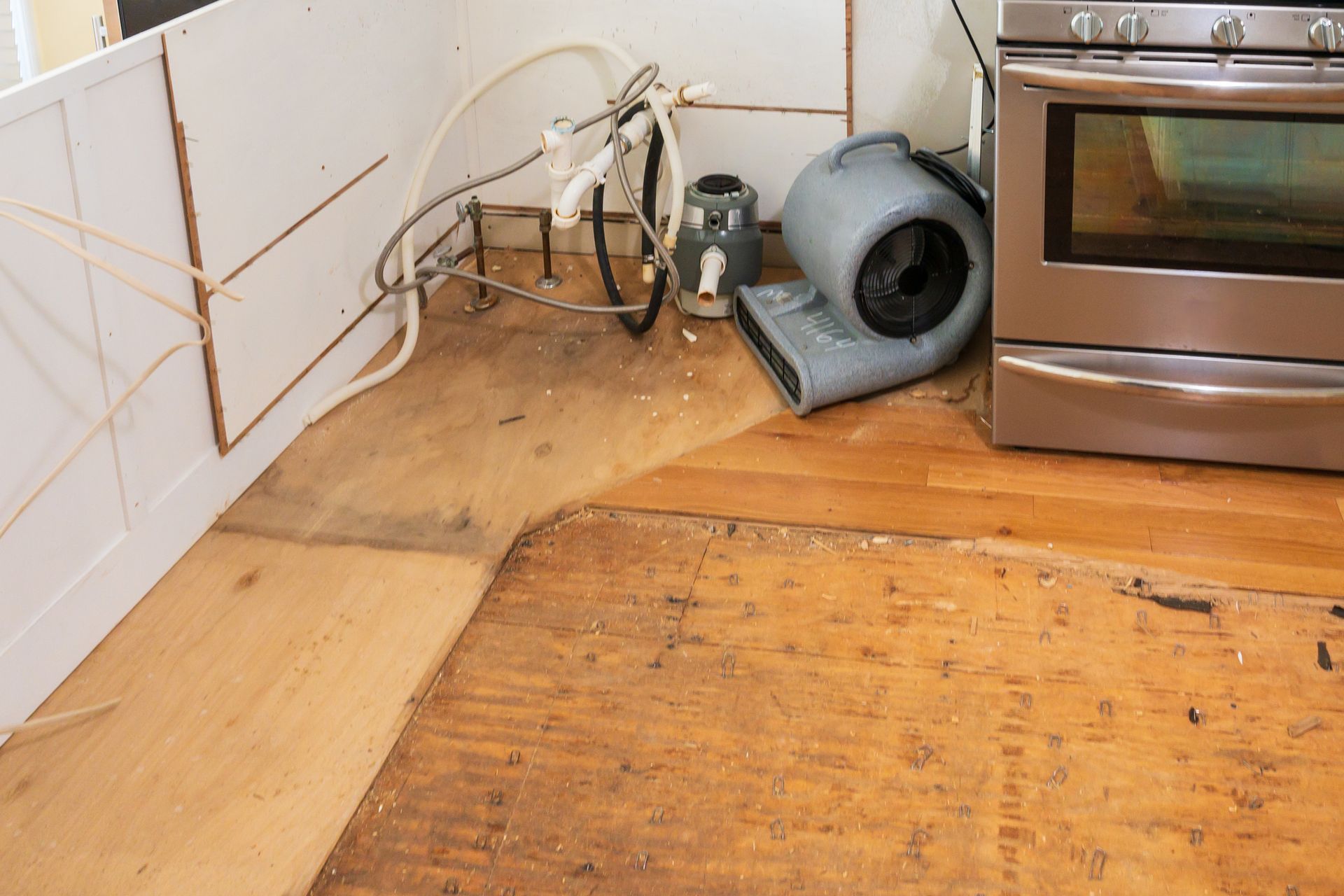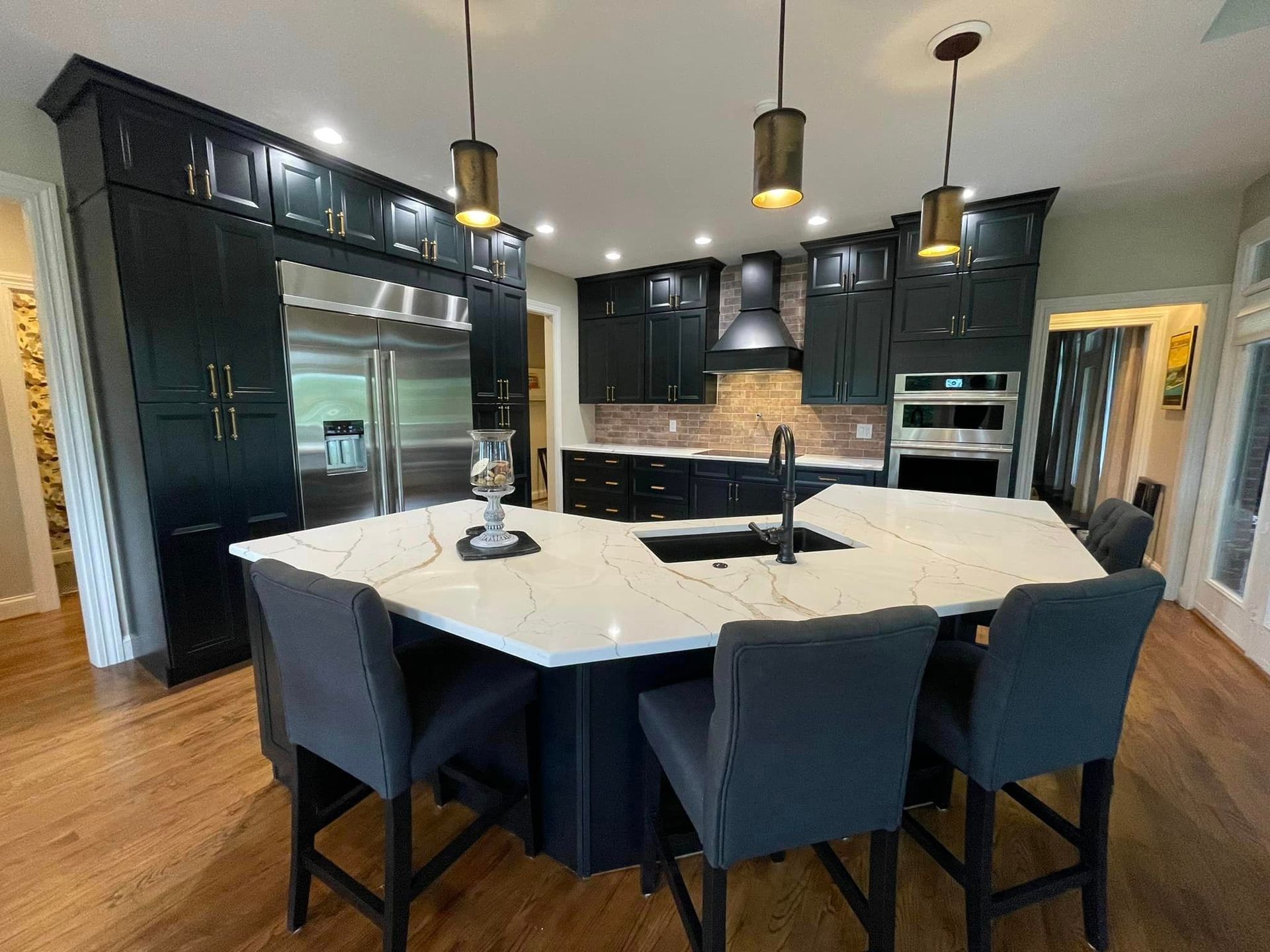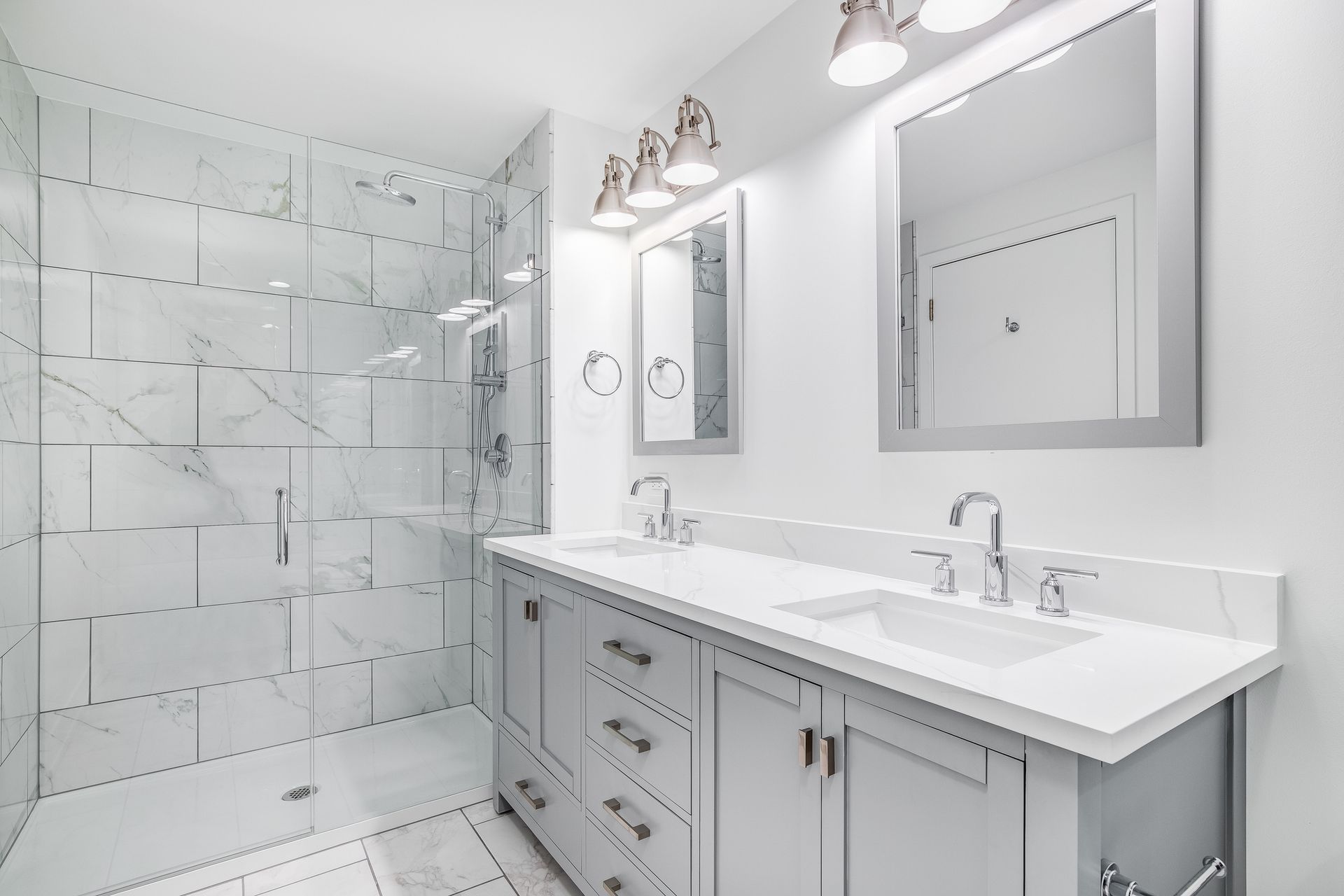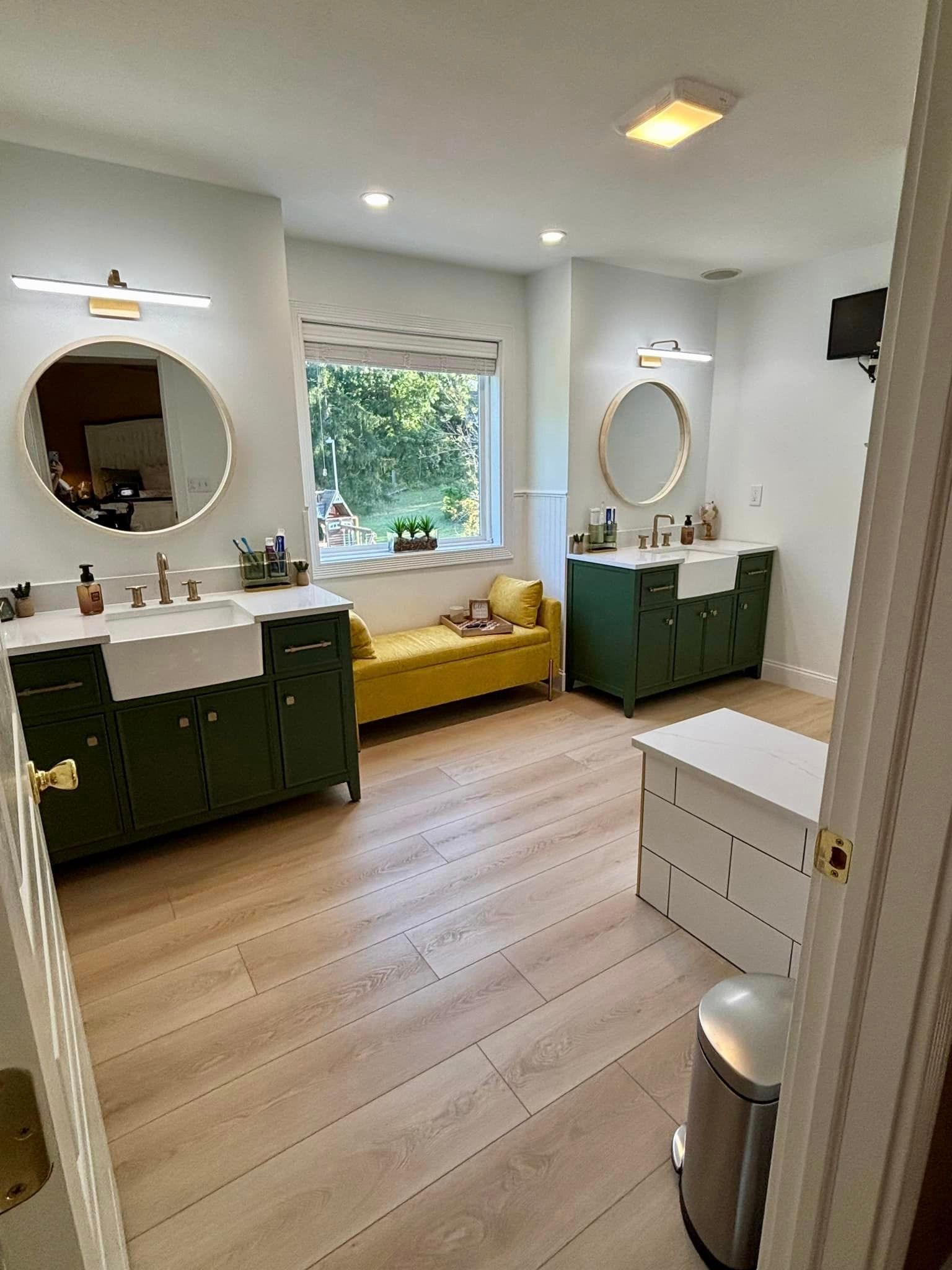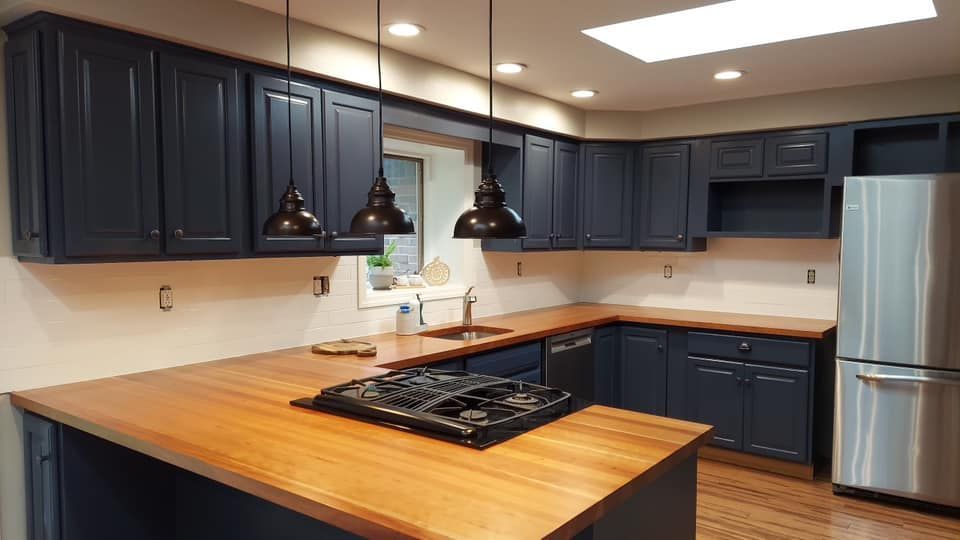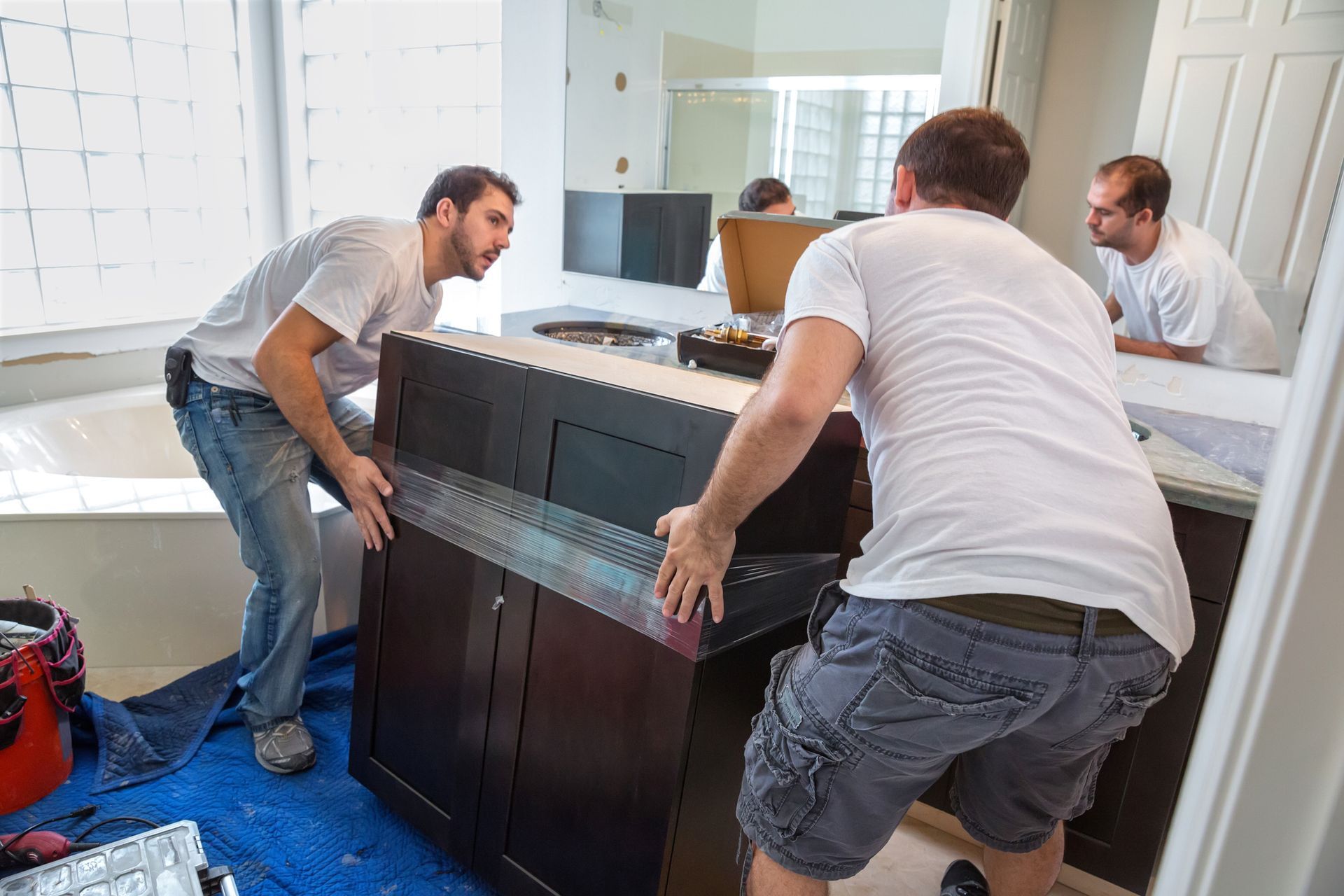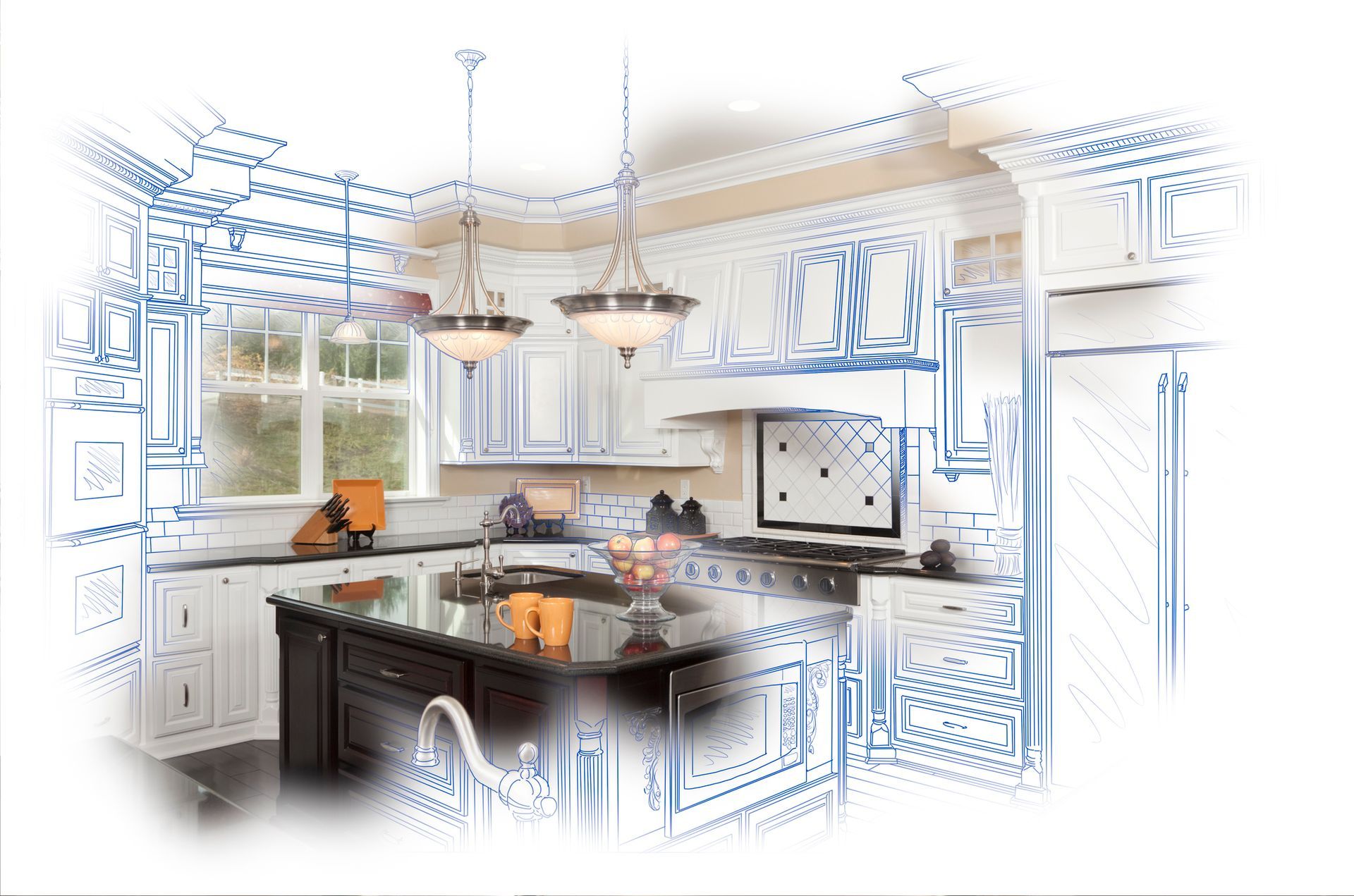7 Unlucky Bathroom Painting Mistakes
Choosing the right paint for your bathroom is important. Making sure what you are doing when painting your bathroom is another. There are a lot of things to keep in mind any time you are making changes to any part of your house. Unless you have experience with interior house painting, it is best to hire a professional if you have the means to do so to avoid these common mistakes when getting your bathroom repainted.
Not Using The Right Paint For The Bathroom
When it comes to painting your bathroom, you want to make sure you're using a paint that holds up well with repeated exposure to humidity. Using improper paint in your bathroom can lead to problems such as peeling and mold growth. The best paint to use on bathroom walls is a satin, semi gloss or gloss finish. Glossier paint is less likely to trap moisture since it is less porous. This also makes it easier to clean.
In addition to selecting the correct paint, there are are special mildew resistant additives that you can mix into the paint that can help make the paint last longer. Making sure you get proper amount of of additive is imperative for it to work.
Not Priming Your Bathroom Walls First
Many people make the mistake of not priming their walls before painting them. Priming is essential when painting any room, but it's especially important in the bathroom since the walls are more likely to be exposed to moisture. Priming will help the paint adhere better to the wall and will help it last longer.
Not Taking Into Account Bathroom Lighting
The lighting in your bathroom can affect how the paint looks once it's finished. If you have fluorescent lighting, for example, you'll want to use a paint that has a high gloss so that it will reflect the light. Since a glossier paint should be used in the bathroom anyway to prevent moisture damage, you may need to consider your lighting options, if you are particular about the way your bathroom is illuminated. Home remodeling contractors and professional painters will have more tricks to optimize the lighting and paint in your bathroom.
Not Using Enough Paint On Your Bathroom Walls
Many people make the mistake of not using enough paint when they're painting a room, which can result in poor coverage and an unfinished look. When painting your bathroom, make sure you're using enough paint so that you don't have to go back over the same areas at later dates. Bathroom walls definitely merit two coats of paint. As mentioned previously you will want to make sure the walls are primed as well. If your bathroom walls are a darker color, you may need 3 coats of paint to ensure an even finish.
Painting Your Bathroom Walls Before They're Fully Dry
It's important that surfaces are fully dry before applying primer or another coat of paint. This also includes painting your walls while they are even the smallest bit humid due to a shower. Applying a second coat of paint while it the previous coat is still damp can cause the walls to peel, streak, or flake even after it is dry.
This includes surfaces such as tile grout lines , which can take longer than normal to dry due to their porous nature .
Painting Over Bathroom Wall Tile
If your tiles are more glossy in nature, the paint is likely to chip off. Additionally the grout is a porous material that can easily absorb water and moisture. This can lead to the growth of mold and mildew, and eventually the tile will start to break down and crumble underneath the paint. You should generally not paint any tiles that will be in high traffic areas with a lot of water.
Using The Wrong Tools To Paint Your Bathroom Walls
Using a cheap brush or roller can negatively effect the way the paint adheres to the walls in your bathroom. Not knowing the right equipment to use and how to use it can have you repainting it the bathroom walls sooner than you would like.
Not Hiring A Professional Interior Painter
From the correct paint, the correct tools, and the correct application, to the experience necessary to put it all together, professional painters are worth the spend to get the job done correctly the first time.
Hire Obringer's Professional Interior Painters
Obringer's Painting and Remodeling is not just another painting company. Our expert interior painters are devoted to their craft. Since our inception as a company we have adopted a lean business model.
With our lean business model, we eliminate waste from the painting and remodeling processes by focusing only on the work that you are paying for. With our quality standards in place, we are able to minimize waste, while maximizing value for our customers.

Author: Derek Obringer
Owner & Founder of Obringer's Painting and Remodeling, Derek Obringer brings attention to detail, together with experience, and superior customer service into each and every home that his company does work.
Painting And Remodeling Blog
